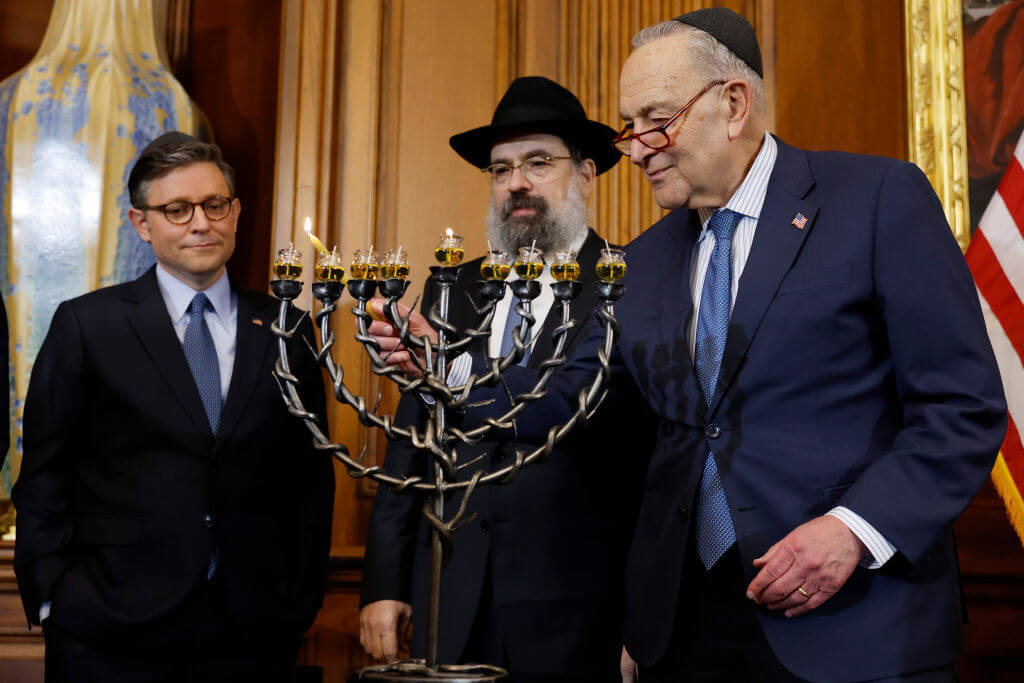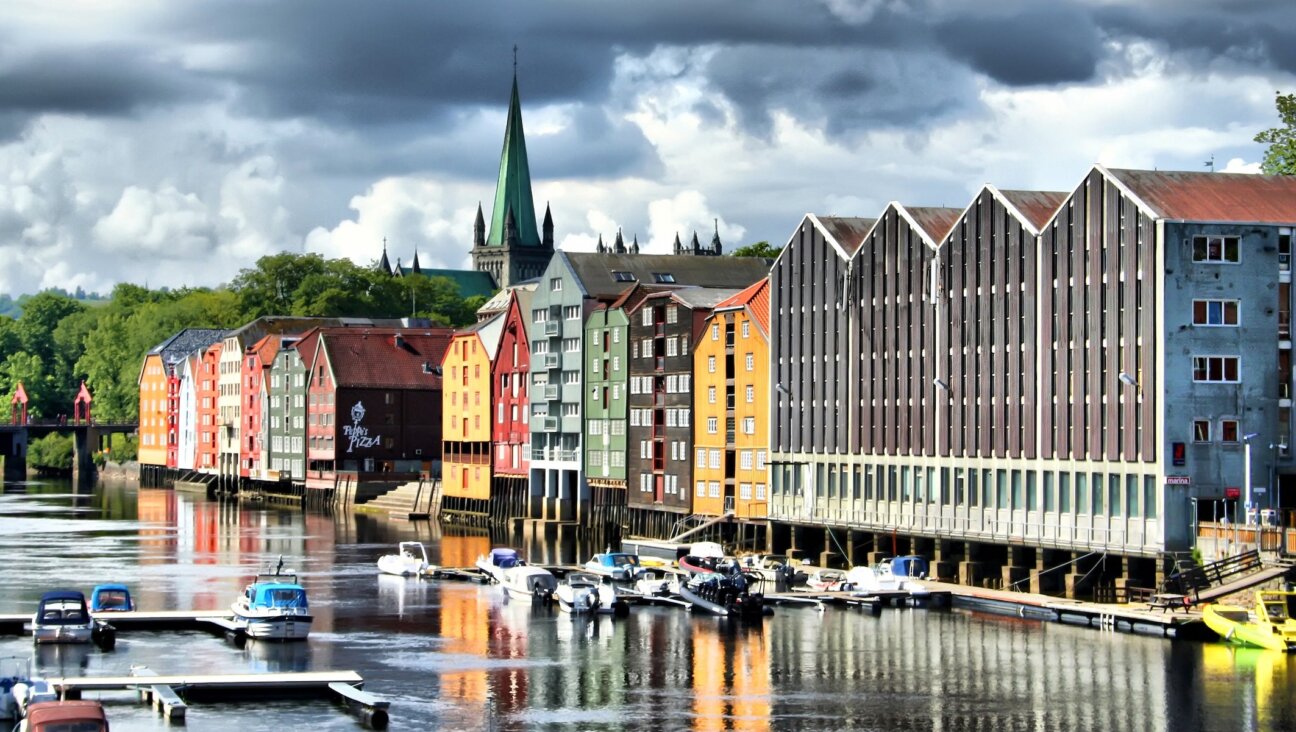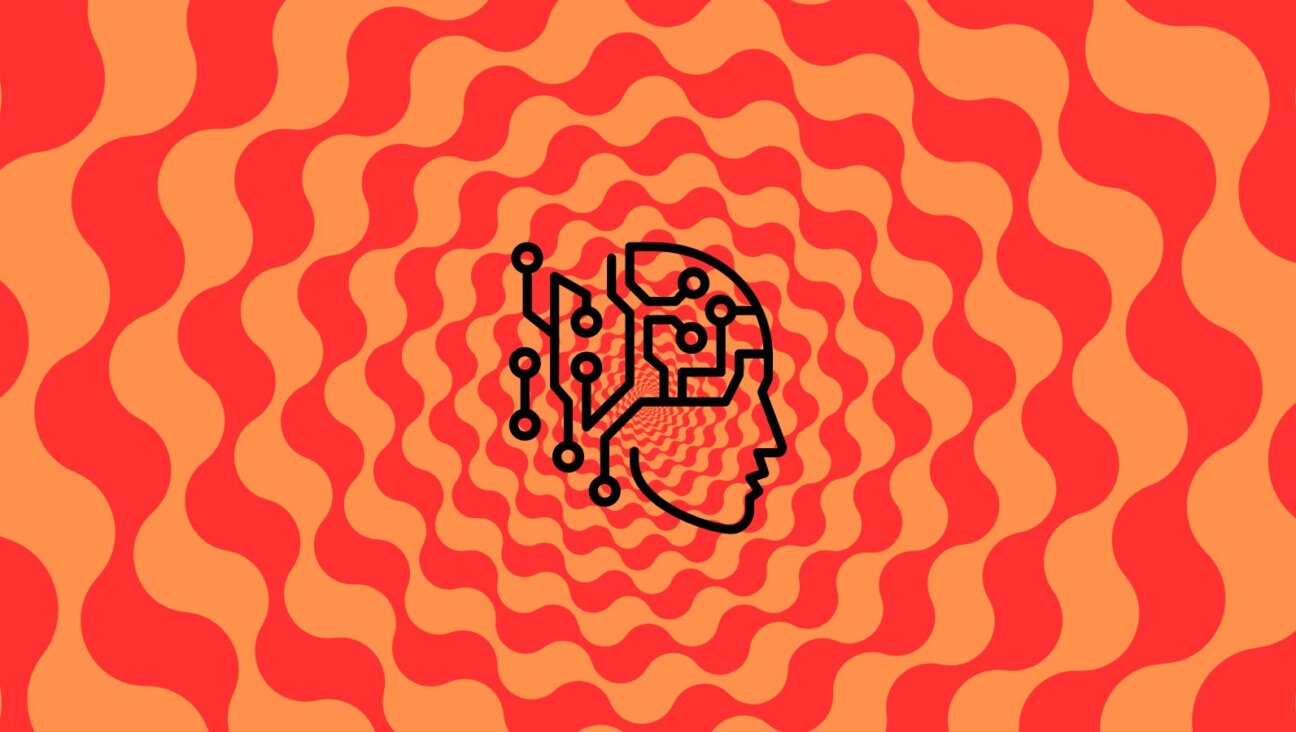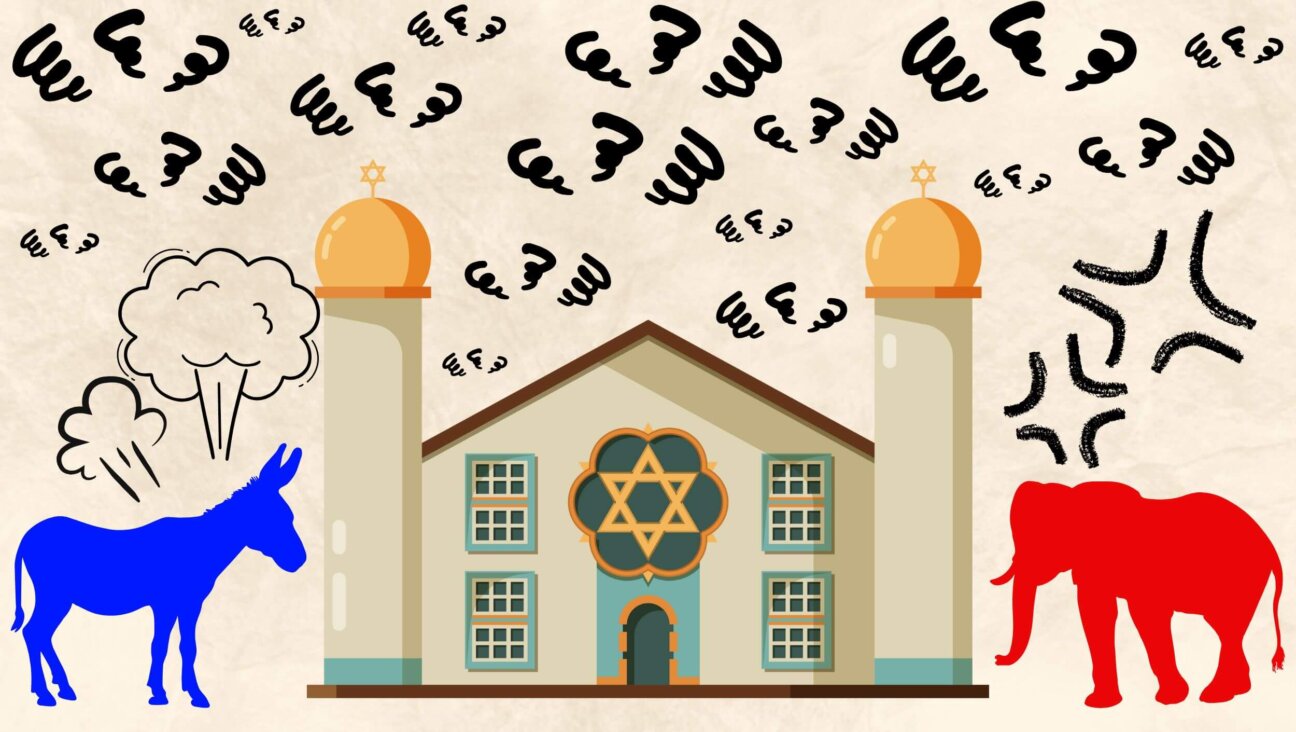How many monuments honor fascists, Nazis and murderers of Jews? You’ll be shocked.
There are hundreds of monuments around the world to people who abetted or took part in the murder of Jews and others during the Holocaust

Graphic by Angelie Zaslavsky
Editor’s note: Since this article was originally published on Jan. 26, 2021, a town in Belgium has voted to remove a sculpture honoring Latvian collaborators with the Nazis.
The Forward has also documented more than 1,000 additional streets named for and monuments honoring such dubious figures –- 625 in countries that were on our original list, and 500 in nine new countries, including Germany and Austria, nations generally seen as models for reckoning with their Holocaust history.
You can read about those German and Austrian examples, and the Belgian debate that led to the decision to remove the Latvian monument, here. Details about the additional monuments discovered in Western Europe, along with 11 more monuments discovered in seven U.S. states, are among the new entries in the list below.
If you know of others that are not on the list, please email [email protected], subject line: Nazi monuments. You can see our criteria for inclusion on the list here.
The most curious thing about last year’s protests that toppled statues of slavers and colonizers is that the monuments of Holocaust perpetrators didn’t even make headlines.
Yet a Forward investigation reveals there are hundreds of statues and monuments in the United States and around the world to people who abetted or took part in the murder of Jews and others during the Holocaust.
The Nazi collaborators of Central and Eastern Europe weren’t as fastidious at keeping records as their Third Reich allies, which makes it difficult to arrive at a precise number of their victims. As a rough estimate, the Nazi collaborators honored with monuments on U.S. soil represent governments, death squads and paramilitaries that murdered a half million Jews, Poles and Bosnians.
Holocaust perpetrators is the correct term for these men and organizations, for they played an integral part in the Final Solution, arresting and deporting Jews to concentration camps or gunning them down in the forests and fields of Eastern Europe (one-third of all Holocaust victims were killed in what’s called the “Holocaust by bullets”).
Without collaborators like the ones who occupy pedestals across America, the Holocaust as we know it couldn’t have happened.
On Jan. 27, International Holocaust Remembrance Day, the Forward is publishing the first-ever database of monuments to Nazi collaborators and Holocaust perpetrators. It lists 320 monuments and street names in 16 countries on three continents which represent men and organizations who’ve enabled — and often quite literally implemented — the Final Solution.
In downtown Manhattan, along Broadway’s “Canyon of Heroes,” are memorial plaques to Henri Philippe Pétain and Pierre Laval, the head and prime minister of France’s collaborationist Vichy government which hunted down and deported 67,000 Jews to the concentration camps. In addition to his Broadway plaque, Pétain is honored with 11 streets in the U.S. France has gotten rid of its Pétain streets, but the ones in America remain.
Petain, at least, was a WWI hero before turning traitor. The same cannot be said for some of the other honorees with statues in America. Here’s a sampling of other honorees in the U.S.:
- Stepan Bandera and Roman Shukhevych, who have busts in upstate New York and Wisconsin. Bandera headed a faction of the Organization of Ukrainian Nationalists, which allied itself with the Nazis and whose members eagerly participated in the Holocaust. Shukhevych, another Organization of Ukrainian Nationalists figure, was a leader in a Third Reich auxiliary battalion that carried out lethal antisemitic operations in service of the Nazis. Later, Shukhevych commanded the Ukrainian Insurgent Army, which massacred thousands of Jews and 70,000 to 100,000 Polish civilians. There are additional Ukrainian nationalist busts in New York and Ohio.
- Andrey Vlasov, the Soviet general who went over to the Nazis and raised an army of over 100,000 men for the Third Reich, has a memorial just outside New York.
- Dragoljub Mihailović, who led the Serbian Chetnik paramilitary that fought with Nazi Germany and carried out ethnic cleansing of Bosnian Muslims, has statues in Cleveland, Milwaukee and two Chicago suburbs.
- Chicago also has a memorial to Adolfas Ramanauskas-Vanagas, who commanded a unit of the Lithuanian Activist Front, a Nazi-allied organization whose members slaughtered Jews across Lithuania in the summer of 1941.
The situation in America pales in comparison to European nations which are teeming with hundreds of statues and streets honoring collaborators.
To jump directly to a country-by-country list of memorials to Nazi perpetrators and collaborators click here.
Even more worrying than the sheer number is the overall trend. The vast majority of these statues were erected in the past 20 years. Recent studies point to the staggering spread of Holocaust ignorance: two-thirds of U.S. millennials don’t know what Auschwitz is, while a third of Europeans know little to nothing about the Holocaust. The growth of statues to perpetrators, however, evinces a far deeper problem. The Holocaust isn’t just being forgotten, it’s being perverted via historical revisionism that is turning butchers into heroes.
The biggest reason to pay attention to this disturbing pattern is that these monuments signal not only an attack on Holocaust memory but the presence of organized white supremacy that is focused on far more than history.
In 2017, America was shocked to see neo-Nazis with torches march in the defense of Robert E. Lee’s statue in Charlottesville. But the marchers didn’t chant about Robert E. Lee — they chanted “Jews will not replace us,” a chief tenet of the white genocide theory that motivated the Pittsburgh synagogue and El Paso terrorist attacks. The white supremacists rallied around a 19th century general, but their minds and actions were focused on the present, with deadly results.
The same is happening across the Atlantic, only to a greater degree. Wherever you see statues of Nazi collaborators, you’ll also find thousands of torch-carrying men, rallying, organizing, drawing inspiration for action by celebrating collaborators of the past.
You’ll see it in Viktor Orban’s Hungary, where far-right figures use elaborate ceremonies anchored to WWII anniversaries to draw neo-Nazis across Europe; Ukraine, where the rehabilitators of Bandera work to turn the country into a hub of transnational white supremacy; Croatia, where men carrying WWII fascist symbols marched in support of Donald Trump; and France, where the far-right Marine LePen rallies supporters by insisting that France has no responsibility for the Holocaust. You’ll see it in a dozen other nations as well.
The monuments and the figures they honor stand at a crossroads of fascism and neo-fascism, the losers of WWII and today’s white supremacists who believe they’re on the brink of a global race war. It’s impossible to understand one without understanding the other, which is why tracking the growth of Nazi collaborator monuments is so crucial. These statues don’t just disparage the dead; they warn the living.
Nazi collaborator memorials by country
Click on the links below for the Forward’s guide to each country’s memorials honoring the perpetrators and enablers of the Holocaust.
For more information on this project, see the methodology page.























